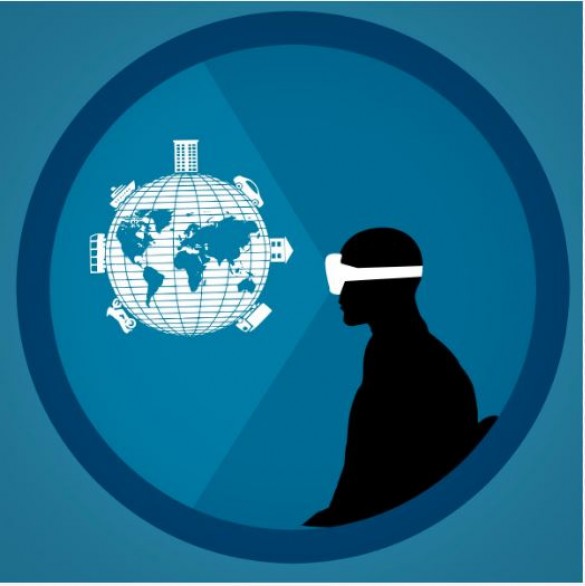
United States, What is augmented reality (AR)?
Augmented reality (AR) is the integration of digital information with the user's environment in real time. Unlike virtual reality (VR), which creates a totally artificial environment, AR users experience a real-world environment with generated perceptual information overlaid on top of it.
Augmented reality is used to either visually change natural environments in some way or to provide additional information to users. The primary benefit of AR is that it manages to blend digital and three-dimensional (3D) components with an individual's perception of the real world. AR has a variety of uses, from helping in decision-making to entertainment.
Examples of Augmented Reality
Some early adopters in the retail sector have developed AR technologies designed to enhance the consumer shopping experience. Augmented reality has been incorporated into store catalog apps, which allows consumers to visualize what different products would look like in different environments. For example, when buying furniture, shoppers point the camera to the appropriate room and the product will appear in the foreground.
What Is Augmented Reality Used for?
Augmented reality either makes visual changes to a natural environment or enhances that environment through adding new information. It can be used for a variety of purposes, including gaming, product visualization, marketing campaigns, architecture and home design, education, and industrial manufacturing, among others.
ALSO READ:-The Redmi A2 64GB variant will be available in India beginning June 20
How does augmented reality work?
Augmented reality can be delivered in a variety of formats, including within smartphones, tablets and glasses. AR delivered through contact lenses is also being developed. The technology requires hardware components, such as a processor, sensors, a display and input devices. Mobile devices already typically have this hardware available, with sensors including cameras, accelerometers, Global Positioning System (GPS) and solid-state compasses. This helps make AR more accessible to the everyday user. A GPS is used to pinpoint the user's location, and its compass is used to detect device orientation, for example.
Differences between AR and VR
VR is a virtual environment created with software and presented to users in such a way that their brain suspends belief long enough to accept a virtual world as a real environment. Virtual reality is primarily experienced through a headset with sight and sound.
The biggest difference between AR and VR is that augmented reality uses the existing real-world environment and puts virtual information on top of it, whereas VR completely immerses users in a virtually rendered environment. While VR puts the user in a new, simulated environment, AR places the user in a sort of mixed reality.
What Are the Advantages of Augmented Reality?
Augmented reality is an interactive experience in which a real world environment is enhanced with computer-generated visual elements, sounds, and other stimuli. It can provide a user with a heightened, more immersive experience than they would experience otherwise that adds to the user's enjoyment or understanding. From a commercial perspective, augmented reality can increase brand awareness and boost sales.
ALSO READ:-Microsoft recently corrected this Windows 11 backwards bugMeta's New Feature: E.U. Users Can Download Apps Through Facebook Ads